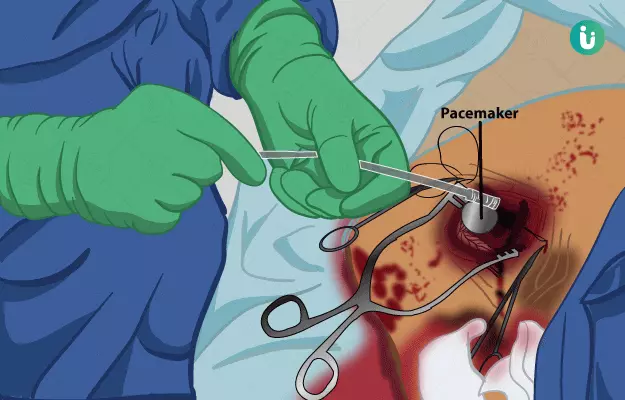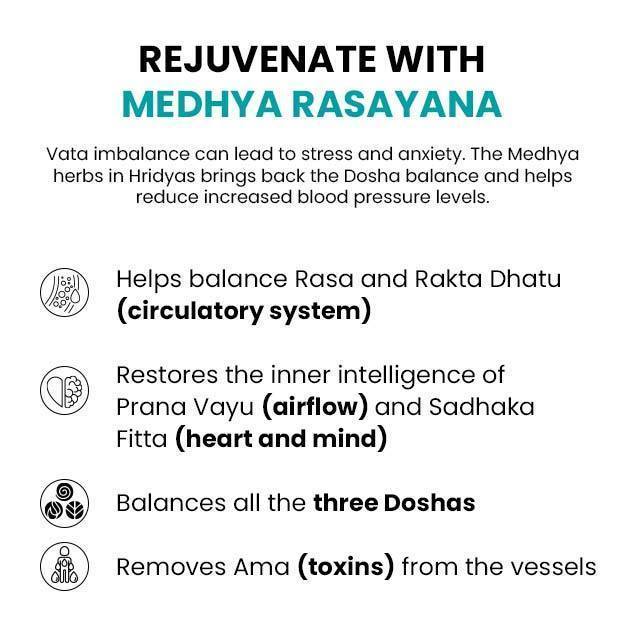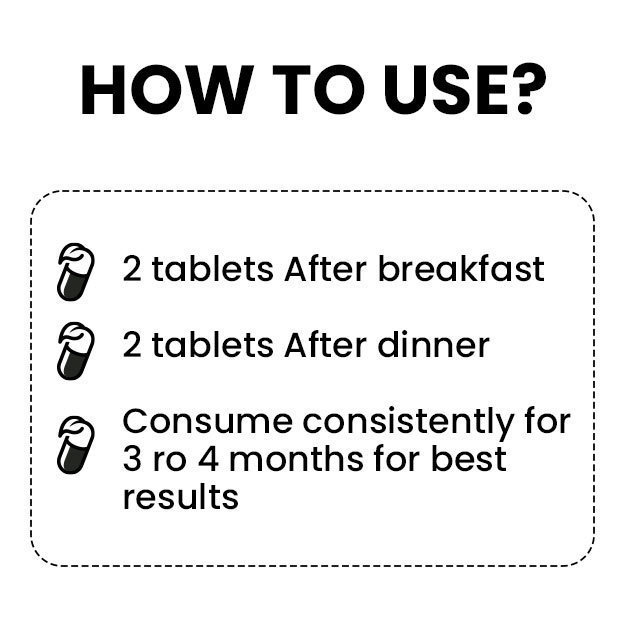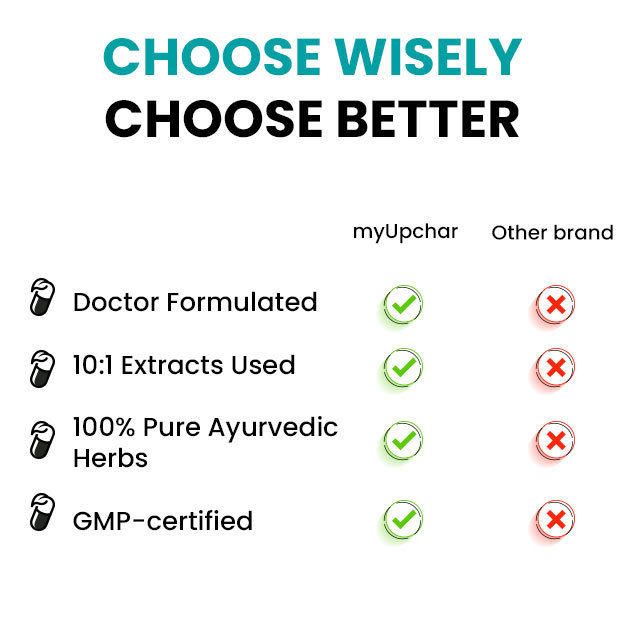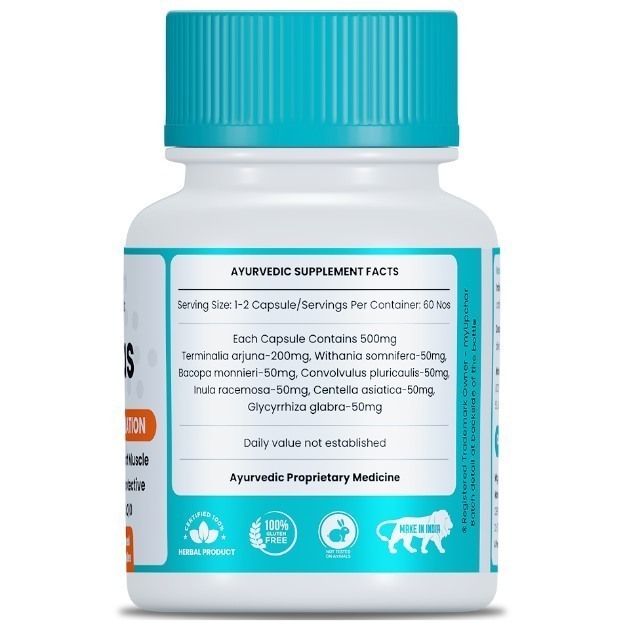Summary
A pacemaker is a small battery-driven device, which is also referred to as a cardiac pacemaker. Pacemakers are given when your heart is not able to beat regularly. A pacemaker is placed inside your chest by surgery. It generates mild electrical impulses through a generator, which are carried to your heart through long, thin lead wires. It works firstly by sensing the rhythm of your heart and then it passes the signals to the heart muscles.
Please click on this link to know better heart disease treatment.
When the heart is not beating at a normal pace, it sends out its own electrical impulses to the heart to regulate the heartbeat. Before the surgery, some important tests such as blood tests, electrocardiogram, urine tests and so on are carried out. One or two days of hospital stay is necessary after the surgery as the doctor will make sure that the pacemaker is working properly.
After you get discharged from the hospital, changing the wound dressing timely is very important along with a healthy diet, simple activities like short walks, cycling, taking the prescribed medicines, if any, among others. Timely follow up visits are also important once you get a pacemaker.
(Read More - Peripheral artery disease)

